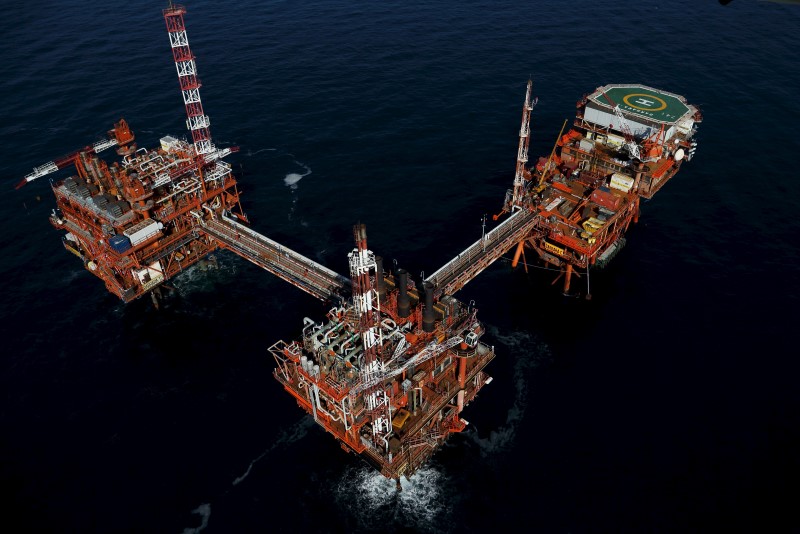Commodities
Oil prices rise after bruising losses amid talks of more OPEC+ measures


© Reuters.
Investing.com– Oil prices rose in Asian trade on Thursday after tumbling to over five-month lows, as a meeting between Russian and Saudi leaders saw the two discussing more “cooperation” on oil prices.
Russian President Vladimir Putin met with Saudi Crown Prince Mohammed bin Salman this week, with the two reportedly discussing between members of the Organization of Petroleum Exporting Countries and allies (OPEC+).
Putin is also set to meet United Arab Emirates and Iranian leaders this week.
The meetings come just a few days after the OPEC’s new production cuts for 2024 largely underwhelmed markets, sending oil prices into a tailspin. Saudi Arabia and Russia have led the cartel in cutting supply through 2023 to support crude prices.
But the latest OPEC+ meeting showed other member states as less enthusiastic about decreasing production, given that the cuts also eat into national revenue streams. This saw the OPEC+ declare less than 1 million barrels per day of new cuts in 2024, with most of the new cuts also coming as voluntary.
Oil prices had plummeted after the meeting, sinking to their weakest levels since early-July this week. Prices were also pressured by growing concerns over weakening crude demand in the coming months, as global economic conditions deteriorated.
expiring February rose 0.5% to $74.63 a barrel, while rose 0.5% to $69.99 a barrel by 20:45 ET (01:45 GMT).
But while the OPEC+ cuts underwhelmed, they are still expected to tighten crude markets marginally in the first quarter of 2024. Analysts expect to trade in the low $80s in early-2024.
Demand concerns remain in play
A string of weak economic readings from Asia, the U.S. and the euro zone pushed up concerns over sluggish crude demand in the coming months.
An underwhelming showed that the U.S. labor market was cooling steadily, while an outsized jump in showed that fuel demand was rapidly declining in the world’s largest fuel consumer.
U.S. slumped to a near two-year low after the inventory report, which also showed a bigger-than-expected draw in overall over the week to Dec. 1.
But U.S. oil production remained largely upbeat, while crude inventories were sitting on six straight weeks of oversized builds.
Markets were now awaiting key oil import data from China, due later in the day. Broader focus was also on U.S. data due this Friday.
Commodities
Oil prices rise; U.S. crude inventories plunge, Russia-Ukraine truce eyed
Commodities
India’s Reliance to stop buying Venezuelan oil over US tariffs, sources say
Commodities
Oil prices climb on Venezuela supply worries

 Forex3 years ago
Forex3 years agoForex Today: the dollar is gaining strength amid gloomy sentiment at the start of the Fed’s week

 Forex3 years ago
Forex3 years agoUnbiased review of Pocket Option broker

 Forex3 years ago
Forex3 years agoDollar to pound sterling exchange rate today: Pound plummeted to its lowest since 1985

 Forex3 years ago
Forex3 years agoHow is the Australian dollar doing today?

 Cryptocurrency3 years ago
Cryptocurrency3 years agoWhat happened in the crypto market – current events today

 World3 years ago
World3 years agoWhy are modern video games an art form?

 Commodities3 years ago
Commodities3 years agoCopper continues to fall in price on expectations of lower demand in China

 Economy3 years ago
Economy3 years agoCrude oil tankers double in price due to EU anti-Russian sanctions























